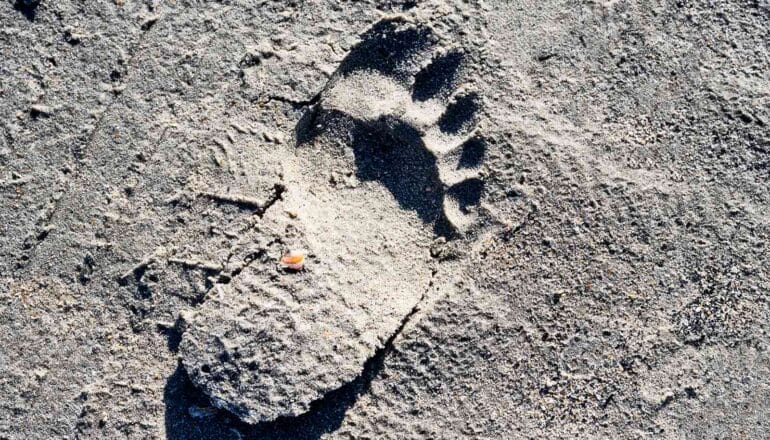Team maps Neanderthal travels across Europe and Eurasia
- A team of anthropologists has mapped possible pathways taken by Neanderthals during their migration across Europe and Eurasia, using computer simulations to recreate their routes.
- The researchers found that Neanderthals likely used river valleys as natural highways and traveled during warmer periods to cover approximately 2,000 miles (3,250 km) in less than 2,000 years.
- Computer simulations suggested that Neanderthals could have reached Siberia’s Altai Mountains within 2,000 years by following a northern path through the Ural Mountains and southern Siberia, often intersecting with known archaeological sites from the same time periods.
- The study sheds light on Neanderthal interactions with other ancient human groups, including Denisovans, and provides important insights into their migration patterns that cannot be studied from the archaeological record.
- The researchers’ findings provide evidence for a near-inevitable outcome of landscape conditions during past warm climatic periods, supporting previous speculation about fast and long-distance migrations based on genetic data.

Anthropologists have mapped Neanderthals’ long and winding roads across Europe and Eurasia.
Recent scholarship has concluded that Neanderthals made a second major migration from Eastern Europe to Central and Eastern Eurasia between 120,000 and 60,000 years ago.
But the routes they took have long been a mystery—primarily because there are few archaeological sites connecting the two regions.
In a new analysis, a team of anthropologists—using computer simulations—has offered a map of possible pathways, which concludes Neanderthals likely used river valleys as natural highways and traveled during warmer periods to move approximately 2,000 miles (3,250 km) in less than 2,000 years.
“Our findings show that, despite obstacles like mountains and large rivers, Neanderthals could have crossed northern Eurasia surprisingly quickly,” explains Emily Coco, who began the study as a New York University doctoral student and is now a postdoctoral researcher at Portugal’s University of Algarve.
The research, which appears in the journal PLOS One, was conducted with Radu Iovita, an associate professor at NYU’s Center for the Study of Human Origins.
“These findings provide important insights into the paths of ancient migrations that cannot currently be studied from the archaeological record and reveal how computer simulations can help uncover new clues about ancient migrations that shaped human history,” observes Coco.
In building their simulation of Neanderthals’ two-millennia journey, Coco and Iovita considered the elevation of the terrain, reconstructed ancient rivers, glacial barriers, and temperature to model movement decisions of individuals—an approach similar to that used to model both modern human and animal movement, but not previously applied to Neanderthals.
The authors find possible migration routes in two ancient periods—Marine Isotope Stage 5e [MIS 5e] (beginning approximately 125,000 years ago) and Marine Isotope Stage 3 [MIS 3] (beginning approximately 60,000 years ago)—marked by warmer temperatures and therefore more suitable for movement.
Computer simulations, conducted on the NYU Greene Supercomputer Cluster, indicated that Neanderthals could have reached Eurasia’s Siberian Altai Mountains within 2,000 years during either MIS 5e or MIS 3 using multiple possible routes that all follow the same basic northern path through the Ural Mountains and southern Siberia, often intersecting with known archaeological sites from the same time periods.
The authors add that the study sheds light on Neanderthal interactions with other ancient human groups. Specifically, their routes would have taken them into areas already occupied by Denisovans—consistent with existing evidence of interbreeding between the two species.
“Neanderthals could have migrated thousands of kilometers from the Caucasus Mountains to Siberia in just 2,000 years by following river corridors,” says Iovita.
“Others have speculated on the possibility of this kind of fast, long-distance migration based on genetic data, but this has been difficult to substantiate due to limited archaeological evidence in the region. Based on detailed computer simulations, it appears this migration was a near-inevitable outcome of landscape conditions during past warm climatic periods.”
Source: NYU
The post Team maps Neanderthal travels across Europe and Eurasia appeared first on Futurity.
